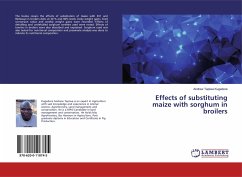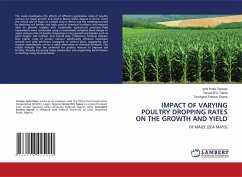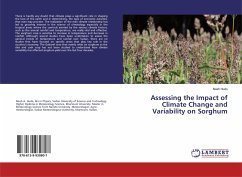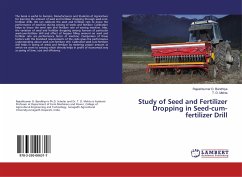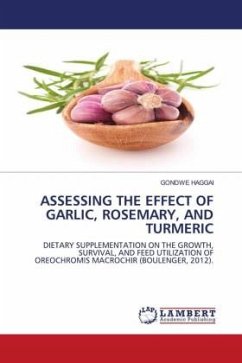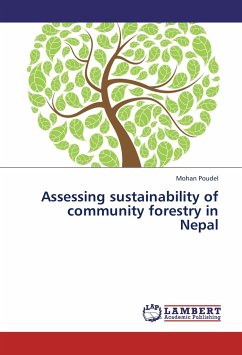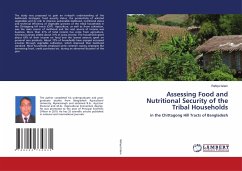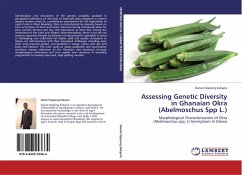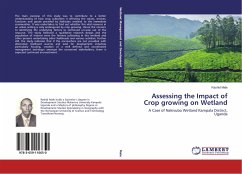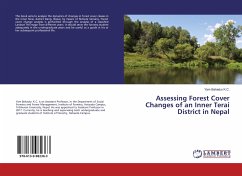
Assessing Storage Insect Pest infestations and Faecal dropping
of Rodent in Stored Grains from two districts of Southwestern Ethiopia
Versandkostenfrei!
Versandfertig in 6-10 Tagen
29,99 €
inkl. MwSt.

PAYBACK Punkte
15 °P sammeln!
This study was designed to assess the occurrence of major insects and rodent pest infestations in stored grain from two districts of Southwestern Ethiopia. Omo Nada and Bako Tibe districts were purposively selected because they are potential maize and sorghum growing regions with high postharvest losses. A total of 160 farmers' stores from both the districts were randomly selected. The grain samples used in the present study were stored for five different time periods, ranging from 1 to 5 months and from the same farmers' stores, to identify storage insect pest, determine grain weight loss and...
This study was designed to assess the occurrence of major insects and rodent pest infestations in stored grain from two districts of Southwestern Ethiopia. Omo Nada and Bako Tibe districts were purposively selected because they are potential maize and sorghum growing regions with high postharvest losses. A total of 160 farmers' stores from both the districts were randomly selected. The grain samples used in the present study were stored for five different time periods, ranging from 1 to 5 months and from the same farmers' stores, to identify storage insect pest, determine grain weight loss and insect damage. The results showed that the dominant insect species in maize and sorghum grains were weevils (Sitophilus spp.) followed by the Angoumois gelechiid (Sitotroga cerealella Olivier) and flour beetles (Tribolium spp.). High number of insects were recorded from both plastered and un-plastered gombisa and polypropylene bags. Additionally, the amount of every insect pest in each storage container recorded per 100 g grain increased because the duration of grain storage increased.



